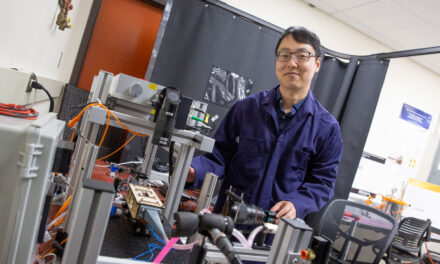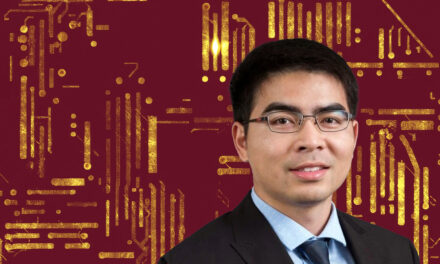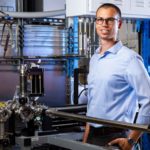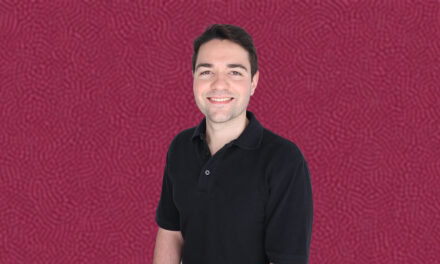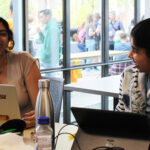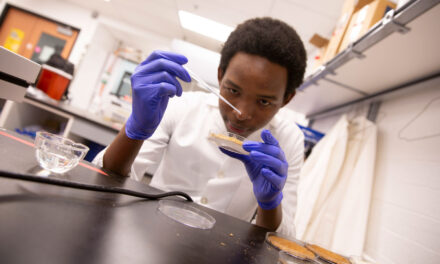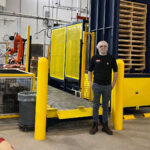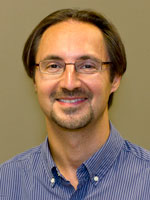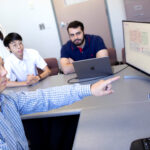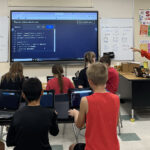
Researcher’s work provides insight into how the brain works
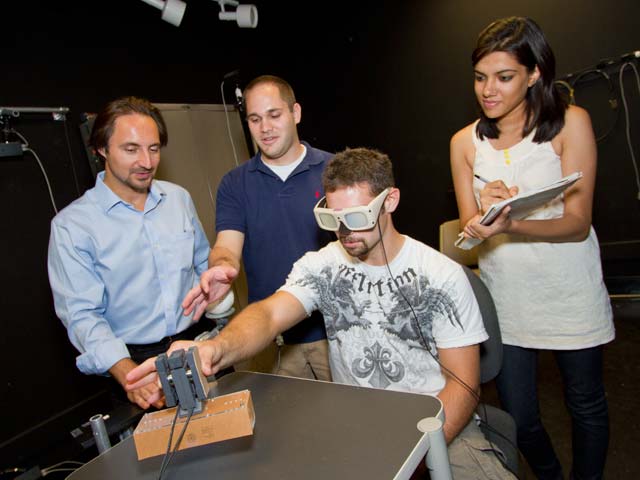
Dean’s Lecture Series
Marco Santello will kick off the 2011-2012 Dean’s Lecture series on Nov. 18 at 4 p.m. at the Brickyard, Room 210 (699 South Mill Avenue, Tempe). For more information, visit engineering.asu.edu/lectureseries
Reaching out and picking up a cup of coffee may seem like a simple gesture. For Marco Santello, interim director and professor in the School of Biological and Health Systems Engineering for the Ira A. Fulton Schools of Engineering, it is actually an intriguing problem that involves complex coordination between the brain, sensory feedback and motor structure in the hand.
Understanding how the brain processes complex movements is the focus of Santello’s work in the Neural Control of Movement Laboratory. His group works specifically on control of the hand because it is an ideal model for studying the dual function of sensing the environment through touch and an intricate coordination of motor commands to muscles.
Because of this, Santello says that the motor system in the hand is well-suited to provide not only an understanding of neural mechanisms, but also to gain insight into neuromuscular and neurodegenerative disorders and potential treatments.
“Study of the hand can help answer the basic scientific question of how the brain works and provide insight into the applied aspects to provide better diagnosis and rehabilitation for Parkinson’s disease, stroke, focal dystonia and carpal tunnel syndrome,” Santello says.
Through a project funded by the National Institutes of Health in partnership with Mayo Clinic that was started three years ago, Santello and other researchers are exploring the impacts of carpal tunnel syndrome.
“We understand how to determine the median nerve damage, but not how it impacts the fine coordination of hand muscles in activities of daily living such as grasping and manipulation,” he says.
Santello says that the same questions can be asked about other problems. He collaborates with researchers at ASU, Columbia University, Harvard and the University of Pisa through a multi-country initiative funded by the European Union (“The Hand Embodied”) to apply human-like control features to robotic and neuroprosthetic applications.
In his lab, a custom machine simulates lifting an object using virtual reality systems to create conflicts between what the subjects sees and what he feels at the fingertips to challenge the brain—making the object tilt or move in a way that the participant does not expect. The aim of this work is to help reveal the brain’s ability to store memories that underlie motor learning.
“When we plan movements, we predict the consequences of our actions because we have learned what to expect from the environment, for example, the effect of gravity when trying to lift or hold an object,” Santello says. “Virtual reality offers an opportunity to simulate something completely opposite of what you would expect and see how the brain resolves conflict.”
Because the hand is involved in so many aspects of daily life and learning, it provides a model to gain a better understanding of how information is gathered and translated into action.
Several graduate and undergraduate students participate in lab research. Students have also visited from China and Italy.
Visit the Neural Control of Movement Laboratory for more information: http://faculty.engineering.asu.edu/santello/


